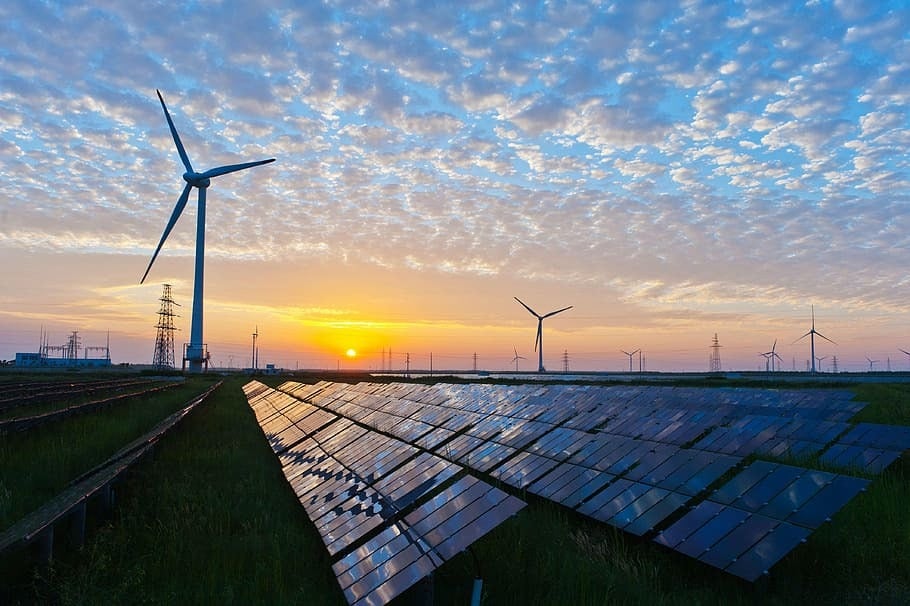The UK government’s Department for Energy Security and Net Zero (DESNZ) has released its report on energy trends in the UK for the second quarter (April to June this year).
Renewable electricity generation reached a record share of the energy mix, up by 19% on the same period last year to account for 51.6% of total Electricity generation. This was the third consecutive quarter that saw renewables’ electricity share increase, having hit 50.4% in Q4 2023 and 51.1% in Q1 2024.
Natural gas production dropped by 18% and petroleum production by 9%, marking a record low. Fossil fuels’ share of the electricity mix was just 26.6%. With the UK’s last coal power plant due to close on 30 September, overall coal production was down 84% on the second quarter of 2023.
Overall, the UK’s electricity generation hit a record low at 63.4TWh, down 4% on last year, with electricity generated from gas power dropping by 37% to a record low of 16TWh, behind that generated by wind power which was 17TWh.
This is also the third consecutive quarter that wind power has contributed a greater share of the UK’s electricity generation than gas. Wind generation increased compared to the same quarter in 2023, as did hydropower and nuclear generation.
Whilst the volume of renewable electricity did not reach the high of 40TWh in Q4 2023, at 33TWh it was the highest Q2 on record. This is largely attributed to favourable weather conditions; hydro generation increased due to higher average rainfall, while solar PV generation decreased due to lower sun hours.
For wind, onshore generation increased by 42% to 7.3TWh, the highest recorded figure for this time of year, and offshore increased by 13% to 9.7TWh.
Increasing renewable energy generation capacity in the UK
A total of 2.1GW new renewable generation capacity came online since Q2 2023, representing a 3.9% increase over the last year, of which around two-thirds was solar and one-third wind. This increase brings the UK’s total renewables capacity, according to government data collected from energy companies, to 57.5GW.
During this period, the share of new capacity across technologies has also shifted: in 2022, over two-thirds of added capacity was in offshore wind, but by the first two quarters of 2024, solar PV represented over 80% of added capacity, with offshore wind’s share at just 6.3%.
Despite that increased solar capacity, solar generation saw a 9.5% decrease in electricity generation. This was due to average sun hours being around 20% down on last year.
According to the government’s report, net import dependency increased from 36.7% to 42.2% and overall energy production in the UK during Q2 of this year was down by 7% compared to the same time last year.
This was the second consecutive quarter that net imports rose to record levels, hitting the equivalent of 13% of UK electricity demand in Q2 2024. This contributed to the record renewables share by reducing the amount of UK generation required to meet demand.
According to Jess Ralston, head of energy at the Energy and Climate Intelligence Unit (ECIU), offshore wind and other renewables will help stabilise prices and reduce that dependency on imports.
She added: “Gas demand from our homes is still sky-high, which leaves us vulnerable to price spikes, and the International Monetary Fund has said this is part of the reason that we were so badly hit by the crisis. Rolling out electric heat pumps is also key for lowering the UK’s gas demand, as our homes are reliant on gas for heating today, which leaves us vulnerable to the international gas markets that set the price.”






